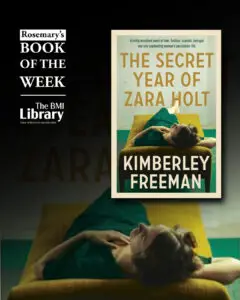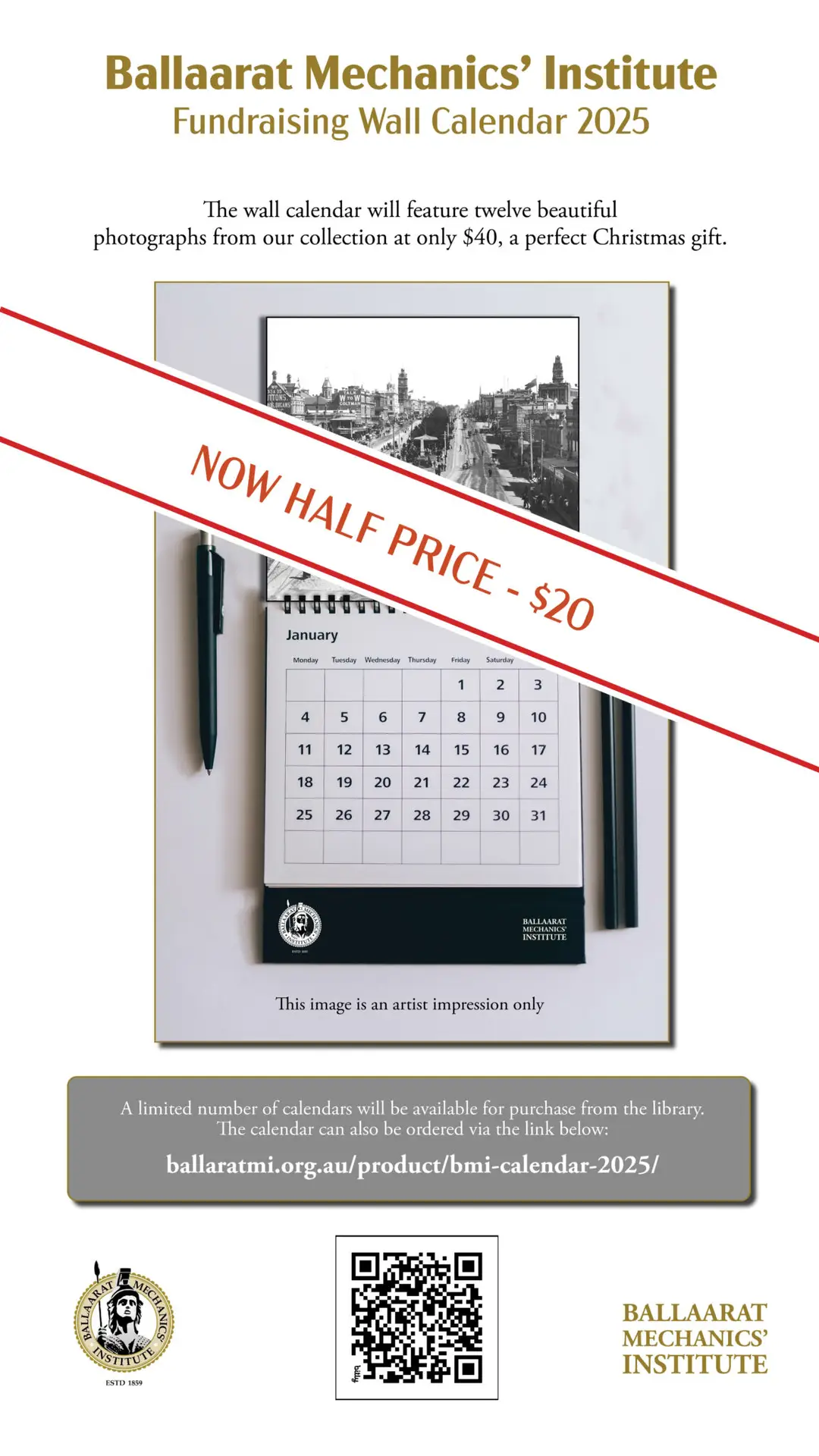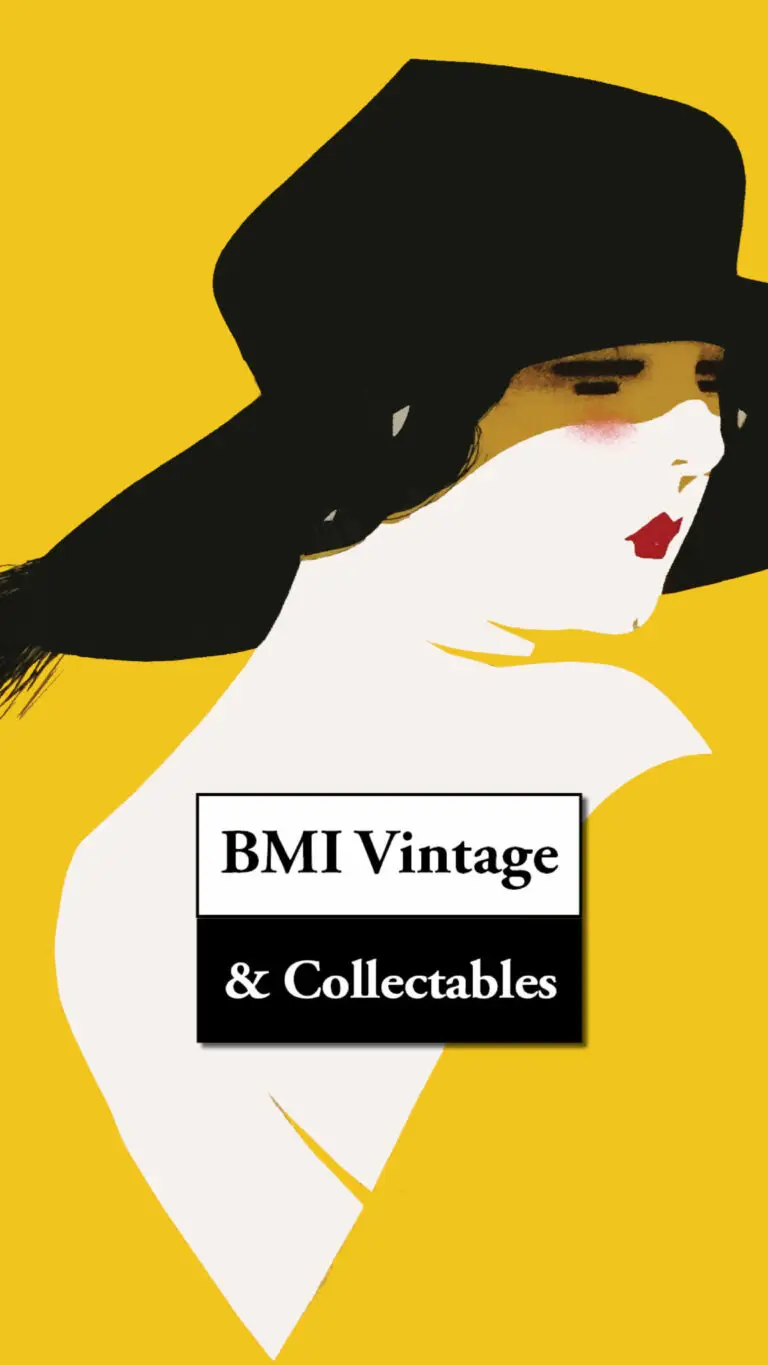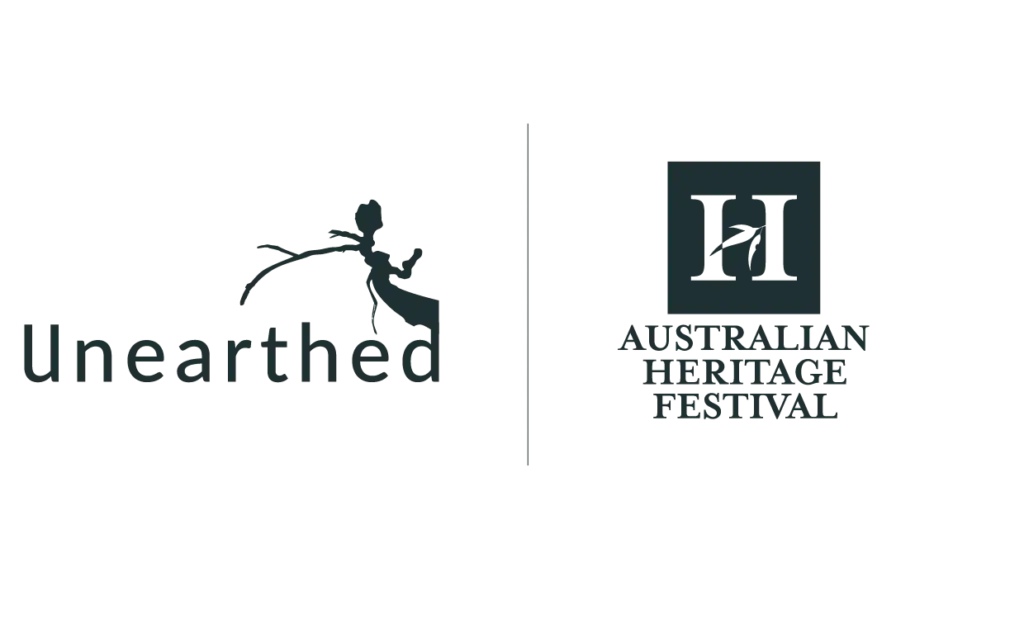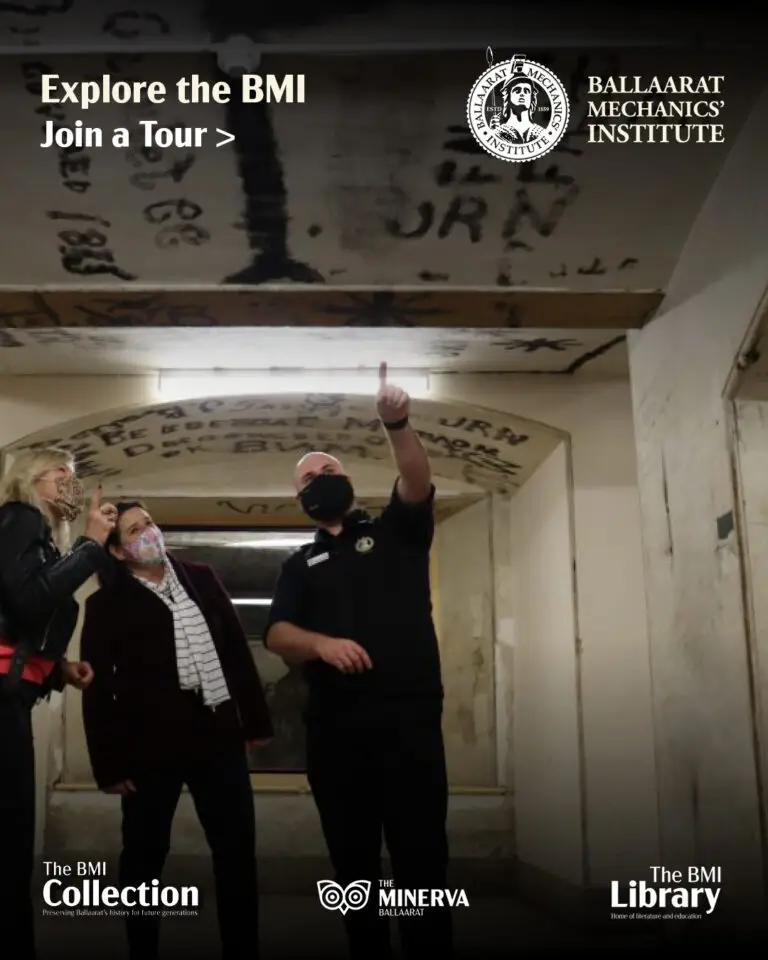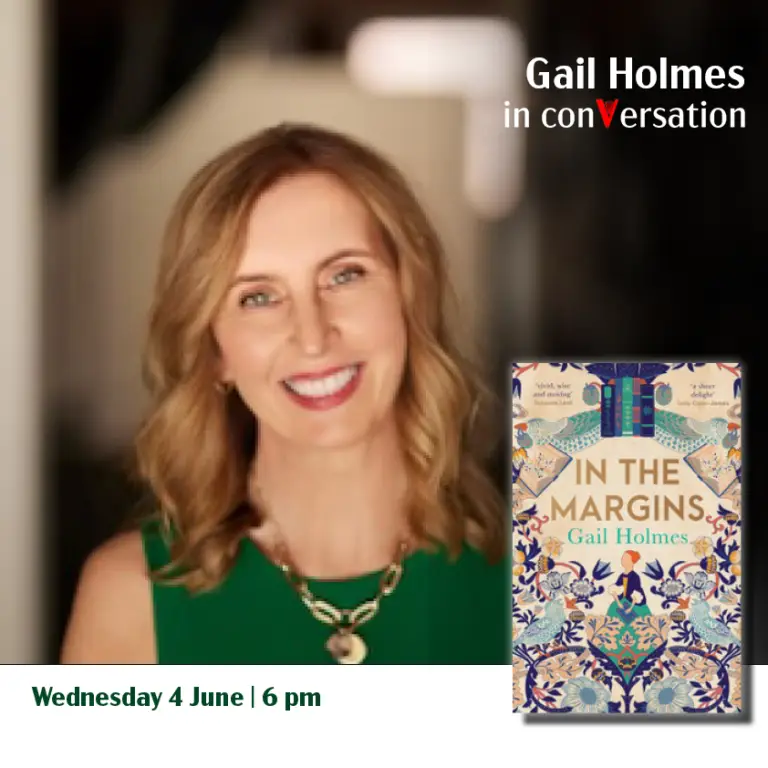James Robert Pound was born to Mr James Henry and Mrs Selina Maude (nee Walton) Pound at their home Lyndon in Riversdale Road Auburn, Victoria on 22 April 1888. James studied Metallurgy at the School of Mines, Ballarat (SMB) where he was founder of the SMB Literary and Debating Society, and foundation member and Editor of the SMB Students’ Magazine, which was first published in 1899.

At 20 years-of-age he had been awarded a Bachelor of Science at the Melbourne University, This led to a position as a Lecturer in Chemistry and Metallurgy at the Zeehan School of Mines in 1909. This was followed in 1913 with a Master of Science in 1913, also at the Melbourne University. By 1918 he was the Superintendent, Magnetic Separation Works, S. and M. Syndicate Ltd., Launceston.
In 1918 he was appointed to the SMB. Around 1922 he became a Lecturer and Demonstrator, Chemistry and Metallurgy, then was elected as an Associate Member (Chemistry), Australian National Research Council and became the Head of Department of Chemistry, SMB. In 1923 he received a Doctor of Science from the University of Melbourne. He delivered his last lecture at SMB on 22 April 1948.
Dr Pound was a member of a number of scientific societies, including Australasian Chemical Institute, the Australasian Association of Chemists and Metallurgists, and the Victorian Society of Chemical Industry, and was a Fellow of the Chemical Society (London). He was a regular contributor to scientific journals. A man of many interests, Dr Pound was associated with the Ballarat Fine Art Gallery, the Ballaarat Mechanics’s Institute and the Ballarat Literary Society. He was a prolific writer his published works can be viewed via AustLit:
- Sentimental Essays, London, Stockwell, [1930] selected work essay.
- Centenary Verses, J. A. Hoskin & Son, 1934 selected work poetry.
- The Flux of Life and Other Verses, Ballarat, Ballarat Litho and Printing Co., 1931 selected work poetry.
- Our Earth Is Fair and Other Verses, Ballarat, Ballarat Litho and Printing Co., 1931 selected work poetry.
Dr Pound was married and had a son Robert Tasman Pound who enlisted in the RAAF. Robert transferred to the RAF. He died while flying over Italy on 13 October 1943. Robert is buried at Moro River Canadian War Cemetery, Italy.
Note: The Pound Room at the BMI is named after Dr Pound (see Rex’s Snippets).
Neil Leckie

From Design & Art Australia Online biography.
” John Wesley Burtt, painter, was born in London, the eldest son of John and Mary Anne Burtt. His father John Goulson Burtt (1809 -1901) was an ironmonger. Burtt Snr arrived in Port Phillip in the Strathfieldsaye in April 1853, bringing a cargo of hardware. He established a retail store in Russell Street and appears to have made more than one voyage between England and the colony. In 1858 he again sailed from Britain with his wife Mary Anne, three other sons and a daughter, in the Eagle. The exact date John Wesley emigrated has not been confirmed, but he was resident in Melbourne by 1860 when the Melbourne Directories list him as the proprietor of a family business at the Eastern Market in Bourke Street.
John Goulson Burtt became reasonably prominent in Melbourne public life. He was a vocal advocate of social reform, a supporter of the Temperance movement and the Church of Christ. He was elected to parliament, representing North Melbourne from 1864 to 1874.
Why John Wesley Burtt chose to become a painter is unknown. It appears unlikely Burtt had any formal art training in Britain before emigrating. The earliest notice of Burtt’s work as a painter is in the Argus describing him as a “young artist” and mentioning the “…slight means he has had of acquiring art-education…” (27 August 1869 p.4).
Burtt appears to have had the support of his family in this choice of career. When the Victorian Academy of Art was established in 1870 J W Burtt is listed as a foundation member, and J G Burtt MLA as a subscriber. Burtt Snr supported the interests of his sons and son-in-law during his parliamentary career, giving rise to accusations of nepotism (see for example the Argus, 17 January 1868 p.6, 30 April 1879 p.8 and Melbourne Punch 7 March 1872 p.73). Father and son shared a home in North Fitzroy until Burtt Snr died aged 92, in 1901.
Burtt exhibited a number of works in colonial exhibitions during the late 1860s and 1870s. These were predominantly copies of paintings in the Melbourne Art Gallery (later the National Gallery of Victoria), or portraits of public figures, such as Members of Parliament.
The first public display of Burtt’s work was the inclusion of six portraits of unidentified ‘gentlemen’ and eight copies of works in the 1869 Melbourne Public Library exhibition. The copies included Rachel at the Well, Sheep in Repose, Melancthon and News from Australia.
Burtt exhibited these copies, and some identified portraits, in subsequent exhibitions: the Geelong Mechanics Institute exhibition of 1869, the Ballarat fine arts exhibition in July 1869 and the Intercolonial Exhibition held in Sydney during August 1870.
Burtt contributed three portraits to the First Victorian Academy of Fine Arts in 1870, copies being ineligible for hanging in the Academy show. The critics were not kind – the Argus thought the portraits of Sir Charles Darling KCB and the Hon Sir James McCulloch were characterized by “imperfect drawing” and the “Portrait of a Lady” seemed to be wearing a wig put on “all awry” (Argus 1 December 1870 p.7).
It has been speculated this portrait of Sir Charles Darling is the painting now in this State Library of Victoria collection. There is no evidence to support this claim. Indeed the portrait was presented to the National Gallery in 1890, when both the artist and his father were alive, and they would surely have claimed credit for the work if it had been painted by Burtt.
Later Burtt exhibited a View of Hobart Town in the Victorian Intercolonial Exhibition of 1875, and twelve paintings in the Intercolonial Exhibition of 1876 held in Brisbane. Two of his works, Suburban Melbourne and Portrait of J. Bosisto MP were included in the Victorian court of the Intercolonial exhibition held in London in 1886. In 1888 the Melbourne Turn Verein (German choral society) commissioned a portrait of their president, Her W. Weibaden, from him (Argus 28 April 1888 p.13).
The current location of these works is unknown. The only painting positively attributed to Burtt is the large work, Batman’s treaty with the Aborigines at Merri Creek, 6th June 1835, now in the State Library of Victoria collection.
Burtt died in Fitzroy in 1917. He was buried in Melbourne General Cemetery near his mother and brothers, who had all predeceased him. He left no estate for probate.”
Why not become a member of this heritage beauty.




